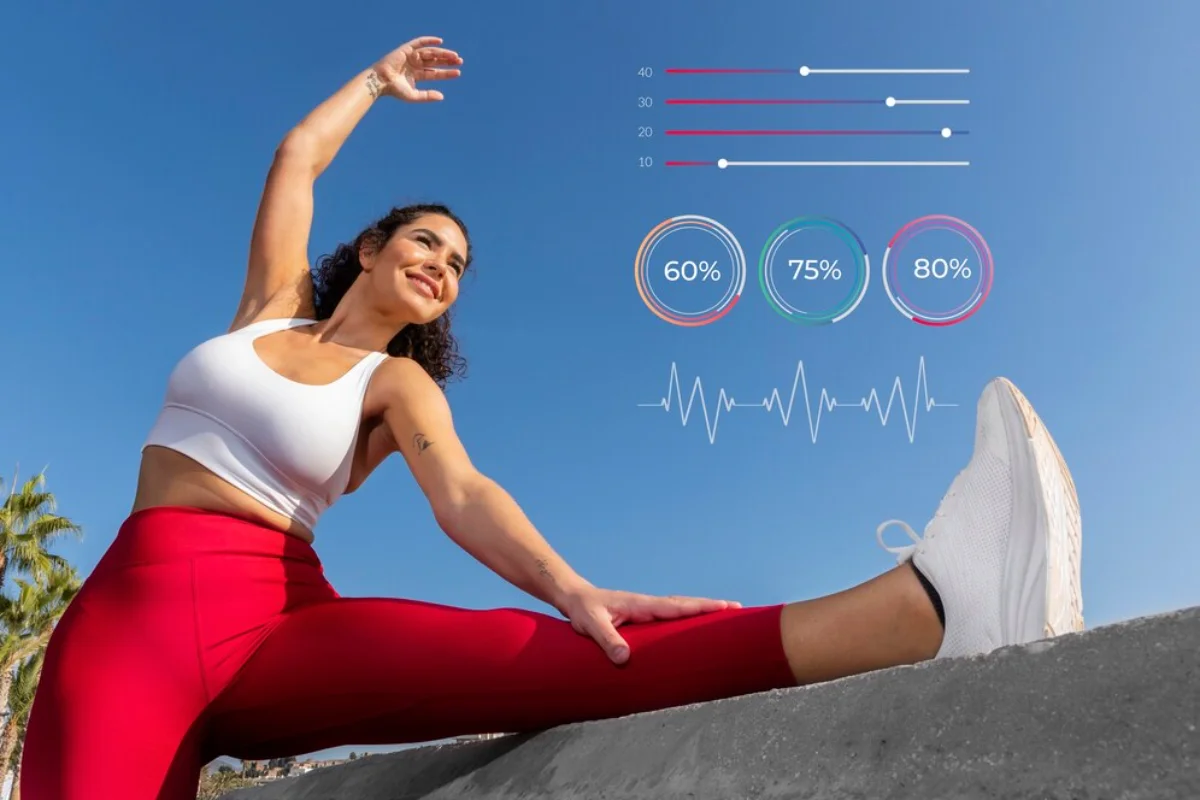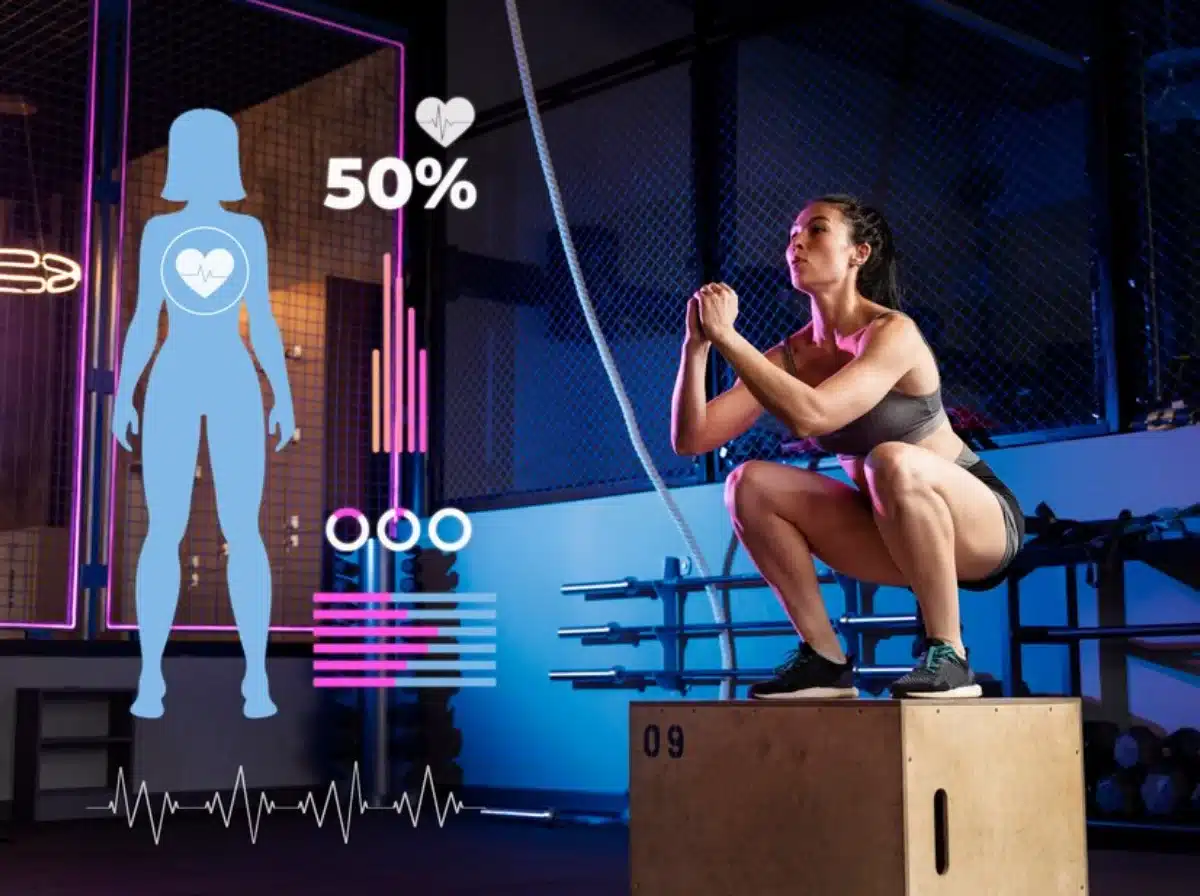
The Power of Visualization in Fitness Goals
Many individuals focus solely on physical training to pursue fitness, often overlooking the significant role that mental preparation can play in achieving their objectives. Visualisation, a cognitive training technique, has emerged as a powerful tool for enhancing performance and reaching fitness goals. This blog explores the importance of visualisation in fitness, offering insights into how this technique can transform your approach to exercise and well-being.
Visualisation involves mentally rehearsing a desired outcome or performance. It is a strategy employed by athletes and individuals seeking personal growth and improvement in various aspects of life. Individuals can enhance their motivation, focus, and overall performance by creating vivid mental images of success. In this blog, we will explore the science behind visualisation, explore effective techniques, and provide practical tips for incorporating visualisation into your fitness routine.

Key Benefits of Visualisation in Fitness
Enhancing Motivation and Focus
Visualisation serves as a powerful motivator. You reinforce your commitment and determination by picturing yourself achieving your fitness goals. This mental rehearsal can help you stay focused, especially during challenging workouts or setbacks. The ability to see yourself succeeding can ignite a sense of purpose and drive, making it easier to push through obstacles.
Performance Improvement
Numerous studies have demonstrated the positive impact of visualisation on performance. Athletes have long used this technique to enhance their skills and mental acuity. Individuals can improve muscle memory and coordination by mentally practising movements and routines. Visualisation can also reduce anxiety and increase self-confidence, allowing you to perform best when it matters most.
Overcoming Mental Barriers
Mental barriers often hinder fitness progress. Fear of failure, self-doubt, and negative self-talk can sabotage efforts. Visualisation helps break down these barriers by fostering a positive mindset. By repeatedly visualising success, you can rewire your brain to embrace challenges more optimistically. This shift in perspective can lead to increased resilience and a greater willingness to take on new challenges.
Real-Life Applications and Data-Backed Insights
Research has shown that visualisation can be as effective as physical practice in specific contexts. A study published in the Journal of Sports Science and Medicine found that athletes who incorporated visualisation into their training routines experienced significant performance improvements compared to those who relied solely on physical practice. This finding underscores the potential of mental training to complement and enhance physical efforts.

Step-by-Step Guide to Effective Visualisation Techniques
Setting Clear Goals
Before you begin visualisation, setting clear and specific fitness goals is essential. Define what you want to achieve, whether running a marathon, losing weight, or improving strength. Clear goals provide a roadmap for your visualisation practice, ensuring that your mental images align with your desired outcomes.
Creating Vivid Mental Images
Visualisation is most effective when the mental images are vivid and detailed. Close your eyes and imagine yourself performing the actions required to achieve your fitness goals. Engage all your senses: see the environment, hear the sounds, feel the sensations in your body, and even smell the surroundings. The more detailed your mental imagery, the more powerful the impact on your mind and body.
Incorporating Emotions
Emotions play a crucial role in visualisation. As you create mental images, infuse them with positive emotions such as excitement, joy, and pride. Imagine the satisfaction of reaching your goals and the happiness of success. These emotions reinforce the mental rehearsal, making it more impactful and memorable.
Consistent Practice
Like any skill, visualisation requires consistent practice. Set aside dedicated time each day to engage in visualisation exercises. Whether it’s in the morning to set the tone for the day or before a workout to prepare mentally, consistency is key. Over time, this practice will become a natural and integral part of your fitness routine.

Additional Expert Tips & Common Mistakes to Avoid
Best Practices for Visualisation
- Start Small: If you’re new to visualisation, begin with short sessions and gradually increase the duration as you become more comfortable.
- Stay Positive: Focus on positive outcomes and avoid dwelling on negative scenarios. Visualisation is about building confidence and motivation.
- Use Guided Visualisation: Consider using guided visualisation recordings or apps to help structure your practice and provide inspiration.
Common Mistakes and Misconceptions
- Impatience: Visualisation is not a quick fix. It requires time and dedication to see tangible results. Be patient and persistent in your practice.
- Lack of Clarity: Vague or unclear goals can undermine the effectiveness of visualisation. Ensure your goals are specific and measurable.
- Neglecting Physical Practice: While visualisation is a powerful tool, it should complement, not replace, physical training. Balance mental and physical preparation for optimal results.
Advanced Insights and Expert Recommendations
Integrating Visualisation with Mindfulness
Mindfulness, the practice of being present and fully engaged at the moment, can enhance the effectiveness of visualisation. Cultivating mindfulness can improve your focus and concentration during visualisation exercises. This synergy between mindfulness and visualisation can lead to greater self-awareness and a deeper connection to your fitness journey.
Leveraging Technology for Visualisation
In today’s digital age, technology offers innovative ways to enhance visualisation practices. Virtual reality (VR) and augmented reality (AR) applications provide immersive experiences that can simulate real-life scenarios. These technologies can benefit athletes and fitness enthusiasts looking to refine their skills and mental preparation.
Conclusion: Harness the Power of Visualisation
Visualisation is a powerful tool that can unlock new levels of performance and success in your fitness journey. By harnessing the power of mental imagery, you can enhance motivation, overcome mental barriers, and achieve your fitness goals with greater ease. Remember, visualisation is a skill that requires practice and patience, but the rewards are well worth the effort.
As you embark on your visualisation journey, remember the importance of setting clear goals, creating vivid mental images, and incorporating positive emotions. By integrating visualisation into your fitness routine, you can transform your physical abilities, mindset, and overall well-being. So, close your eyes, imagine your success, and let visualisation guide you towards a healthier, more fulfilling life.


